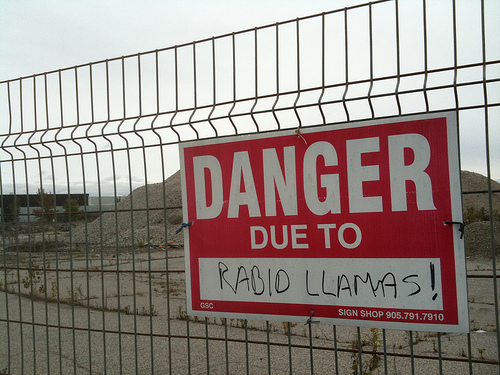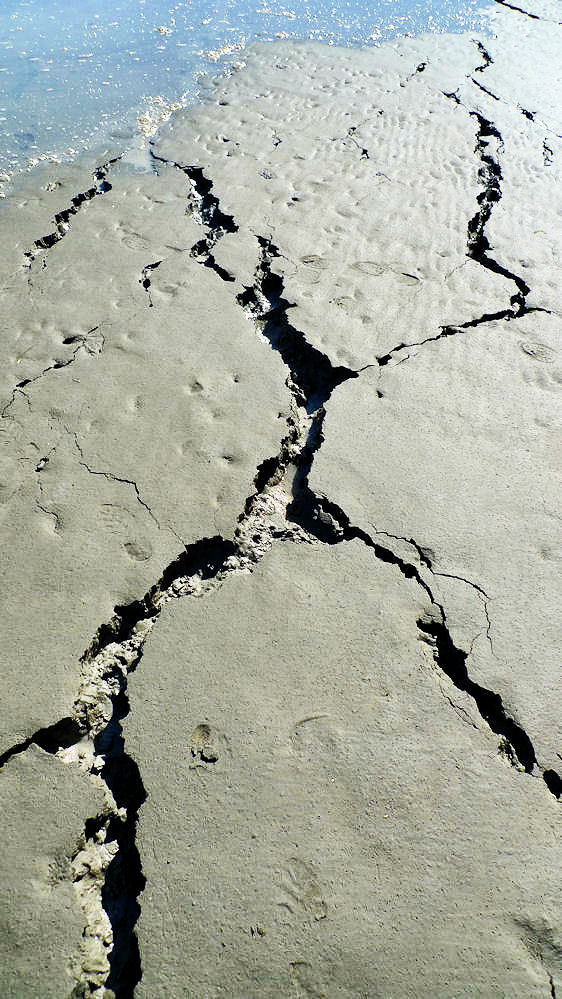Cross-posted from Climate Progress.
A U.S. Geological Survey (USGS) team has found that a sharp jump in earthquakes in America’s heartland appears to be linked to oil and natural gas drilling operations.
As hydraulic fracturing has exploded onto the scene, it has increasingly been connected to earthquakes. Some quakes may be caused by the original fracking — that is, by injecting a fluid mixture into the earth to release natural gas (or oil). More appear to be caused by reinjecting the resulting brine deep underground.
Last August, a USGS report [PDF] examined a cluster of earthquakes in Oklahoma and reported:
Our analysis showed that shortly after hydraulic fracturing began small earthquakes started occurring, and more than 50 were identified, of which 43 were large enough to be located. Most of these earthquakes occurred within a 24 hour period after hydraulic fracturing operations had ceased.
In November, a British shale gas developer found it was “highly probable” its fracturing operations caused minor quakes.
Then last month, Ohio oil and gas regulators said “A dozen earthquakes in northeastern Ohio were almost certainly induced by injection of gas-drilling wastewater into the earth.”
Now, in a paper to be delivered at the annual meeting of the Seismological Society of America, the USGS notes that “a remarkable increase in the rate of [magnitude 3.0] and greater earthquakes is currently in progress” in the U.S. midcontinent. The abstract is online. EnergyWire reports (subs. req’d) some of the findings:
The study found that the frequency of earthquakes started rising in 2001 across a broad swath of the country between Alabama and Montana. In 2009, there were 50 earthquakes greater than magnitude-3.0, the abstract states, then 87 quakes in 2010. The 134 earthquakes in the zone last year is a sixfold increase over 20th century levels.
The surge in the last few years corresponds to a nationwide surge in shale drilling, which requires disposal of millions of gallons of wastewater for each well. According to the federal Energy Information Administration, shale gas production grew, on average, nearly 50 percent a year from 2006 to 2010.
The USGS scientists point out that “a naturally occurring rate change of this magnitude is unprecedented outside of volcanic settings or in the absence of a main shock, of which there were neither in this region.” They conclude:
While the seismicity rate changes described here are almost certainly manmade, it remains to be determined how they are related to either changes in extraction methodologies or the rate of oil and gas production.
EnergyWire points out, “all of the potential causes they explore in the paper relate to drilling, or more specifically, deep underground injection of drilling waste.”
Last year, the Department of Energy set up a committee to examine the full range of environmental impacts of fracking. I testified to the members and, in addition to raising the issue about methane leakage and global warming, brought up the issue of earthquakes.
The committee said that they were indeed aware of this issue, and ultimately the seven-member panel released a report of environmental guidelines for the natural gas industry, which included a call for more research on “Understanding induced seismicity triggered by hydraulic fracturing and injection well disposal.”
It’s time go beyond mere research and start developing national standards to minimize these earthquakes.





